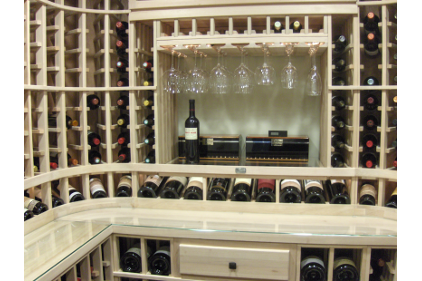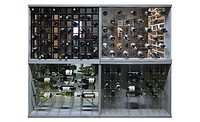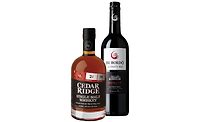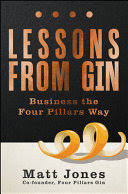Sports drinks, sodas, beers, spirits, waters, premixed drinks and the deluge of newly packaged summer offerings that flood marketing channels into the distribution straits and onto retail shelves can all be quite overwhelming — especially leading up to summertime.
As a retailer, staying on top of your inventories is difficult enough. Who has time to delve into what new wine offerings have just become available that may or may not appeal to your customer?
Paul LaRussa of Premier Cru Wine Cellars, Moorpark, Calif., has been in the media recently for addressing the psyche of the wine enthusiast, stating that understanding the wine buyer is simpler than understanding every wine brand’s angle. His advice: Stop trying.
“Critics don’t really seem to get what’s behind a wine enthusiast’s purchasing decision,” he says. “My experience in creating cellars, as well as selling the Premier Cru collection and stemware ancillary lines, is equivalent to what retailers are doing.
“For example, there’s been a lot of news lately about why wine cellars are not necessary because 95 percent of wine is not meant for cellaring,” LaRussa continues. “Yet more people are installing cellars. What the critics and journalists are missing is this: wine cellars are not always about necessity. They’re about ‘a happy place.’ They’re about babying your wines. A wine cellar is a centerpiece of a home or restaurant, a talking point, a showcase for a much-loved pursuit. It’s not just a big, refrigerated box.
“Understand the wine lover, whatever their knowledge level or price point,” he suggests. “Connect with their goals. They want to know more, but they need someone to guide them. We’re all functioning as sommelier really. Retailers know they need to locate the customer’s version of an ideal wine, but I don’t think they always inventory with that mindset.”
Kaj Stromer, general manager at Woodland Hills Wine Co., Woodland Hills, Calif., supports this conviction. “Our communication is a two-way street,” he says.
“We’re quite focused on providing information to our customers via newsletters, social media and wine tastings, but it’s equally essential to have a method of intake of information. What are they saying back to us? And they’re saying ‘Broaden my horizon; show me something I’ll love.’ And it’s important to have your ear there. That’s your guide.”
LaRussa concluded: “We have to stop listening to the buzz. I’m seeing more and more of ‘Sell this, push that’ in this business and less of asking the customer what [he or she is] looking for. If we ask them, you know what? They’ll tell us.”








